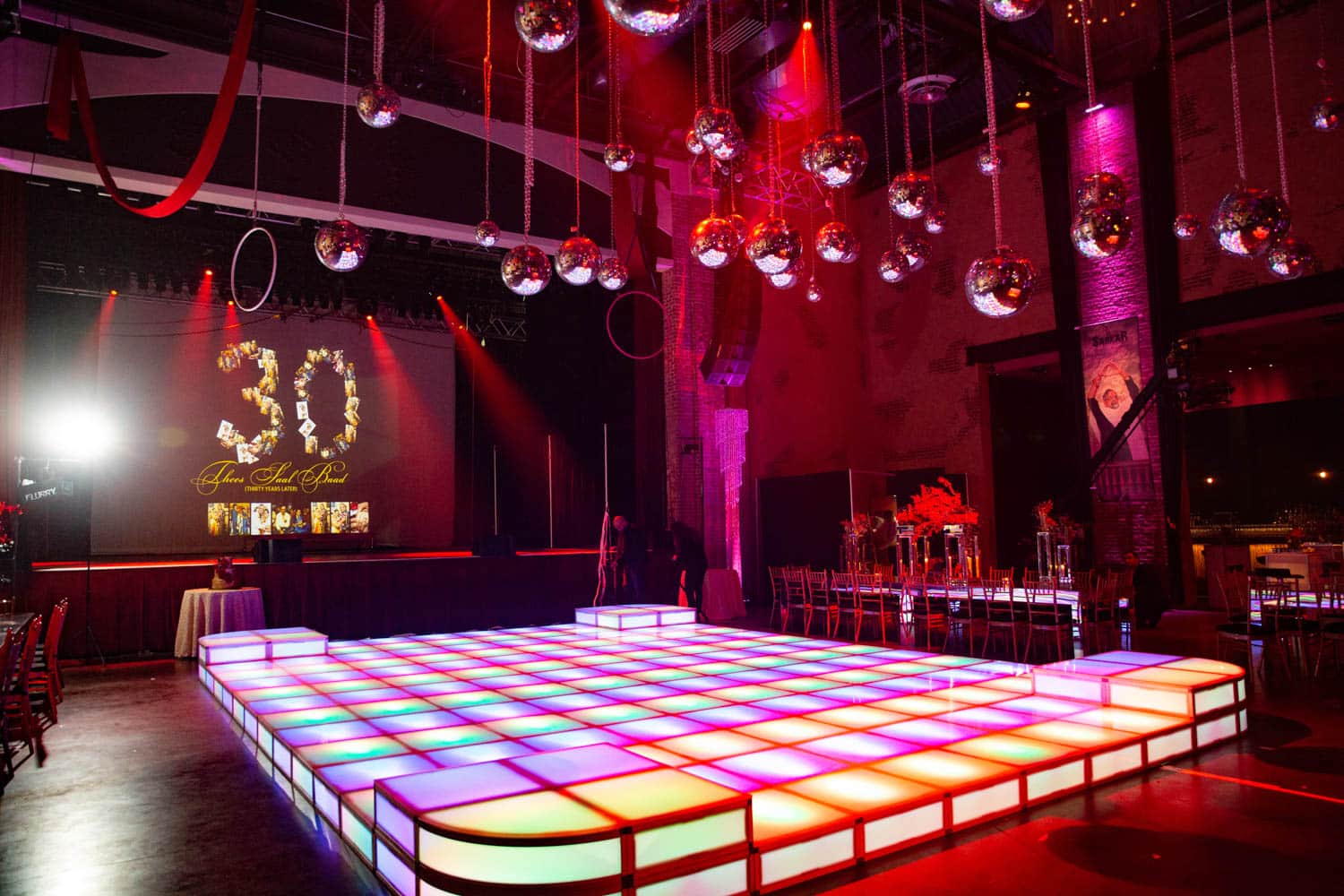In the past times, digital reality has emerged as potent instrument for boosting viewer involvement in real-time performances. Such innovation enables viewers to immerse themselves in a three-dimensional setting, crafting a distinct encounter that conventional media cannot replicate. Through utilizing VR, creators can move viewers into the core of the performance, causing them feel as if they are part of the performance. This groundbreaking method not only captivates viewers but also opens up new opportunities for narrative and engagement.
A of the primary advantages of using VR in live productions is the capability to forge a greater engaging encounter. Viewers can engage with the performance in real-time, influencing the result or discovering different viewpoints. For instance, in a stage production, audiences wearing VR headsets can choose to follow specific characters or scenes, allowing them to tailor their experience. This level of interactivity fosters a deeper connection between the audience and the performance, making it even unforgettable and impactful.
Additionally, VR tools can enhance the visual and auditory aspects of a live production. With high-quality graphics and audio design, creators can build stunning environments that draw viewers in. This immersive characteristic can raise the complete experience, making it more engaging and enjoyable. For example, a musical performance can be converted into a rich encounter, where fans feel as if they are on in front with the performers. Such improvements not just draw larger audiences but also encourage repeat attendance, as audiences look to re-experience the excitement.

Alongside improving audience engagement, VR can also provide insightful data for creators. Through analyzing how audiences interact with the virtual environment, creators can gather information on audience preferences and behaviors. This information can inform future productions, assisting to customize content to better meet the needs and desires of the viewers. As a consequence, VR not only enriches the current encounter but also adds to the development of real-time performances as a whole.
As the technology continues to evolve, the possibilities for VR in real-time productions is vast. Ranging from stage shows and musical events to sports competitions and celebrations, the opportunities are limitless. By embracing this innovative method, creators can transform the way audiences experience live performances. As more creators explore the integration of VR, it is probable that we will witness a change review in how performances are designed and presented, eventually resulting to a more engaging and interactive prospect for real-time productions.